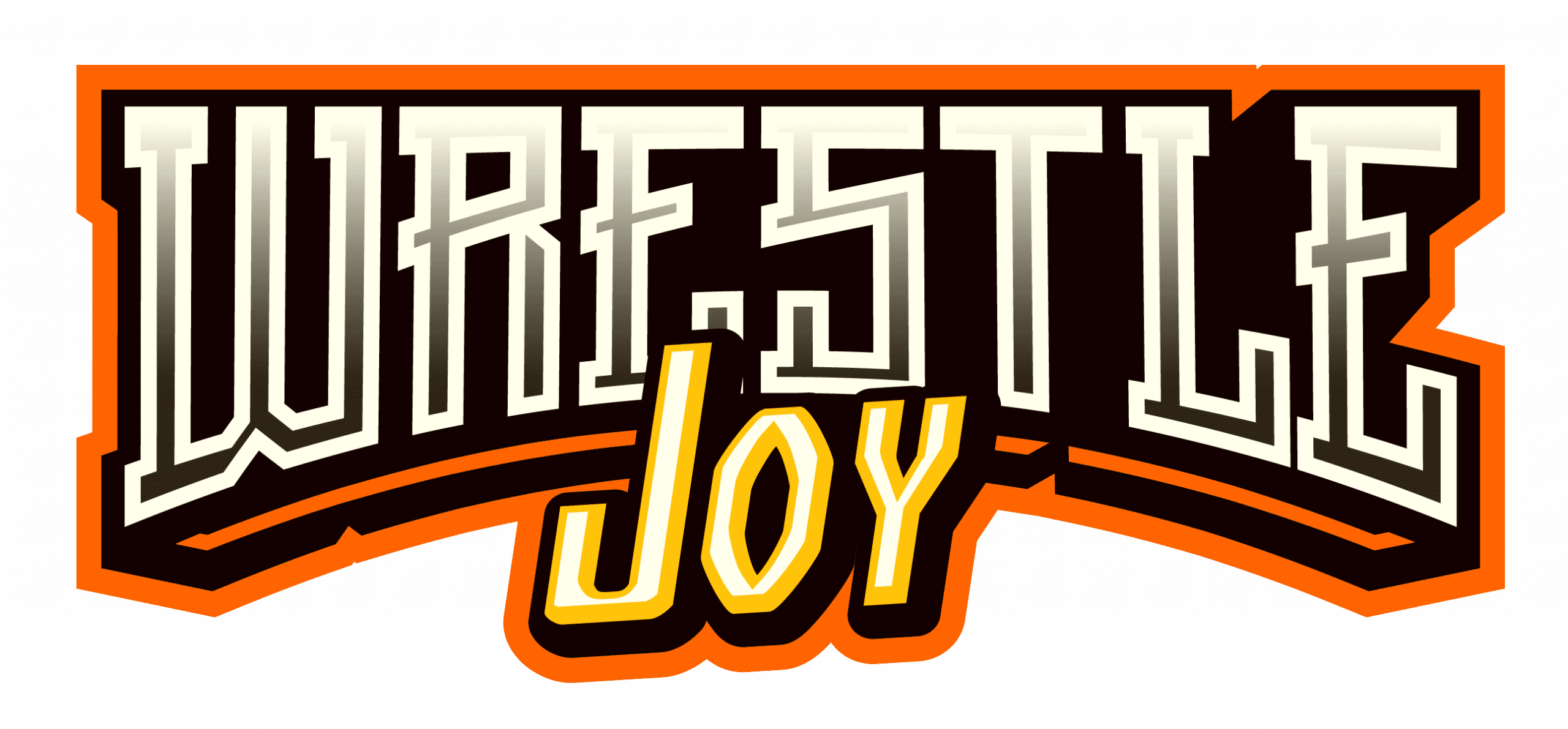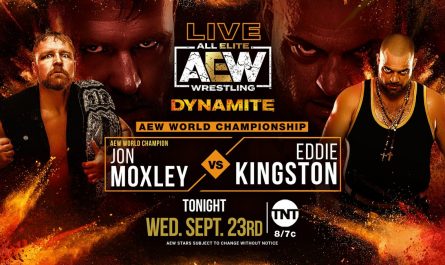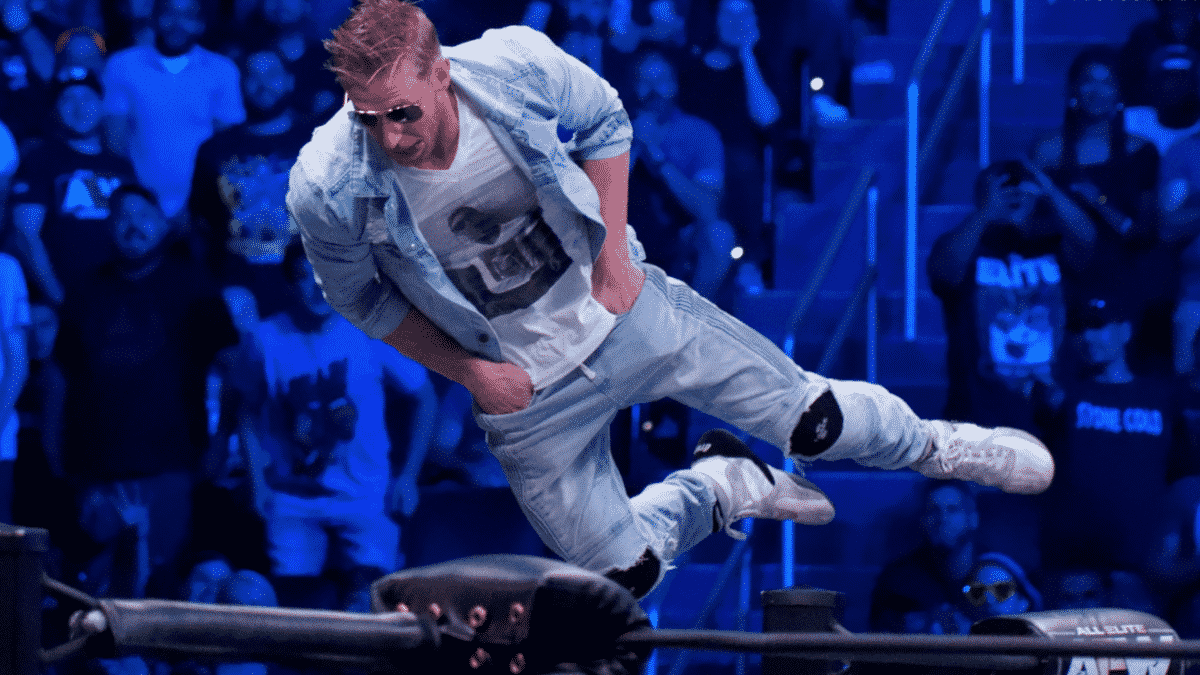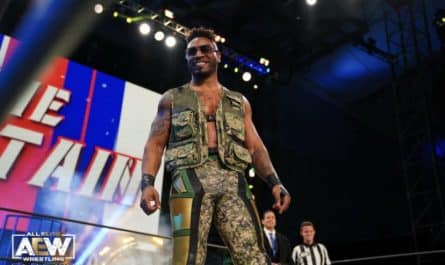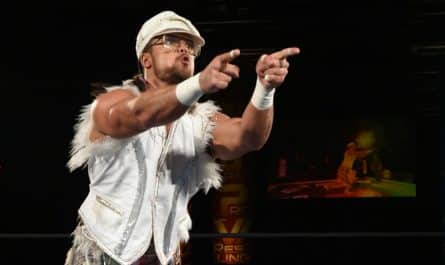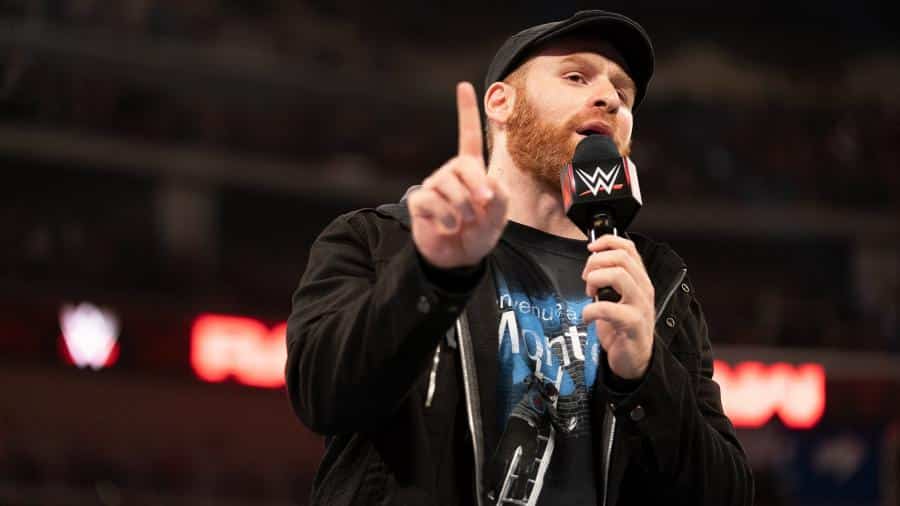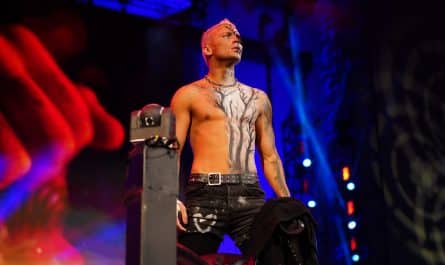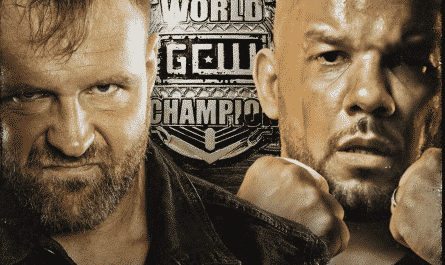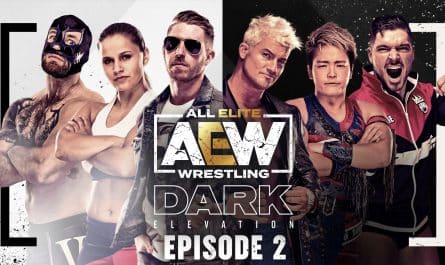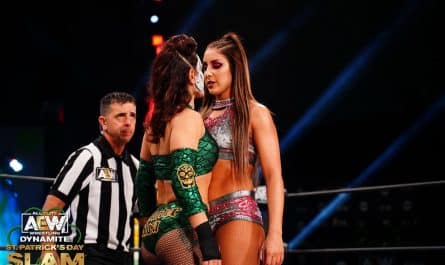Outside of Starrcade, Halloween Havoc was WCW’s premier event. With NXT once again bringing the event back to life, pardon the pun, we decided to look at the best and worst of the event. Initially, this was supposed to be one article. However, with such matches and the in-depth stories surrounding them, it was necessary to stretch this into three pieces. This is the final part of a three-volume series, following Part 1 and Part 2.
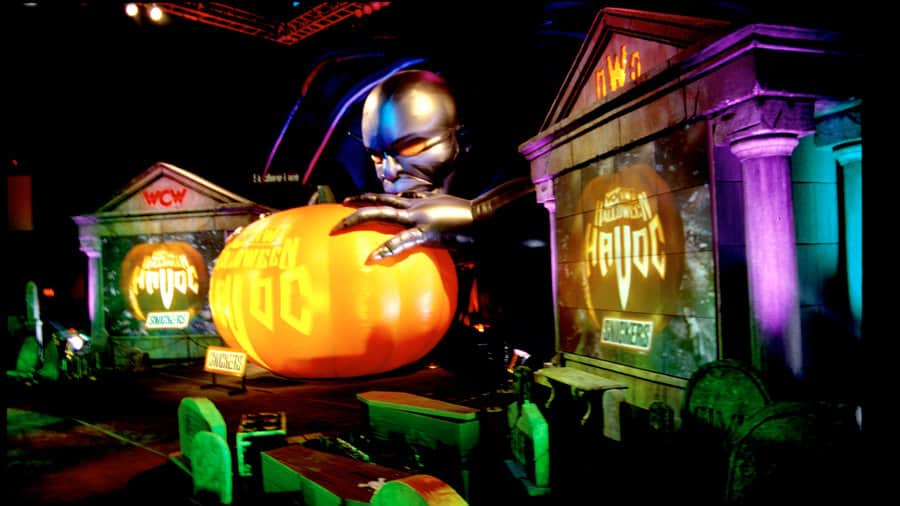
In the fall of 1998, WCW had started its creative slide. Profits were still good, but with the ascension of Stone Cold Steve Austin, the WWF had taken an insurmountable lead in the ratings war. Halloween Havoc showcased the directions tugging at the company. As the millennium approached, what would be the foundation of WCW? Would it be the home for the major stars forged in the previous generation, or would it be the home for something new? In the fall of 1998, the question was still unanswered. What transpired featured both, and neither landed particularly well.
WCW spent a year and a half building up Hulk Hogan and Sting for a match culminating in the most purchased WCW pay-per-view event in Starrcade 97. In the proceeding months, WCW pretty much rendered all their work useless by putting the WCW World title back on Hogan. This move essentially sabotaged Sting’s reign and slotted the brooding loner into the babyface Wolfpak-version of the group that he hated with his passion for almost two years.
During this reign as WCW Champion, Hogan never defended the WCW title on pay-per-view. He did, however, defend the belt on the July 6th episode of Nitro. Before 80,000 fans in the Georgia Dome and 10 million on television, Goldberg defeated Hogan and unified the US and World Championships. July 6th became the dividing point in the company that eventually boiled over at Halloween Havoc. Free of the WCW Title, Hogan was left to pursue feuds with NBA player Karl Malone and Jay Leno in the summer of 98. These matches would be fine as attractions, but both tag team affairs main evented pay-per-view shows, leaving the promotion’s hottest star and World Champion to the undercard.
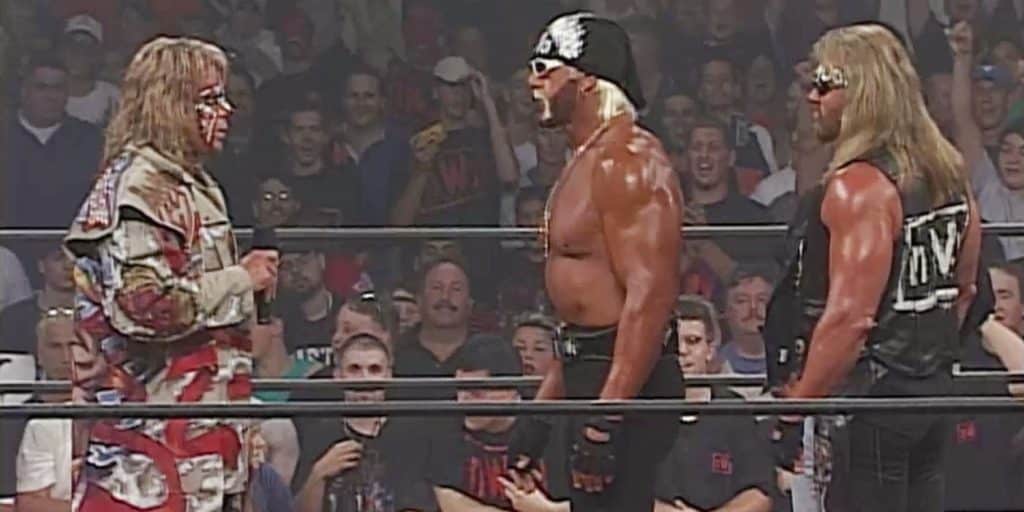
During his first run in the WWF, Hulk Hogan did a grand total of one clean job. The recipient of that win was the Ultimate Warrior at Wrestlemania VI. Vince McMahon’s plan to use the Warrior as the next focal point in his company, similar to how he transitioned the title from Bob Backlund to Hogan the decade before, failed. The title went back to Hogan the following year, but the blemish remained. By 1998, Warrior was persona non grata in the WWF after three unamiable splits with the company. Like many other former Federation stars, it left the door open to negotiate with WCW for a potential rematch with Hogan. The two parties came to a deal in May, and the Warrior debuted on the August 17th episode of Nitro.
Fans in Hartford, CT (the heart of McMahon country) cheered wildly. What happened was a ten-minute rambling promo that didn’t make much sense. Warrior promised to return, “Same Warrior time. Same Warrior channel.” The ratings were kind to the Warrior’s first appearance. In the following weeks, WCW doubled down on the superhero aspect of Warrior’s character.
In the WWF, he possessed a certain charisma and often no-sold his opponent’s offense, giving him an indestructible aura. In WCW, the Warrior had superpowers. He often disappeared in clouds of smoke or appeared as a specter in the mirror. Granted, a specter who could only be seen by Hogan and the millions watching at home. Though, it wouldn’t be the first time Eric Bischoff ignored what was happening around him. This led to a series of elaborate stunts, including creating a trap door that allowed him to escape while still in the ring. The trap door was a disaster for the company. Davey Boy Smith broke his back after being slammed on the gimmicked door. This led to a spinal infection, near paralysis, and painkiller addiction.
The less said about the former Brutus Beefcake, the better.
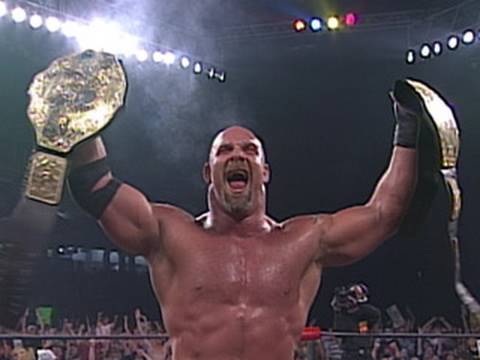
All of this led to a rematch to one of the highest-grossing matches of all time. The place was at Halloween Havoc. However, as far as Goldberg and the WCW World title, the company told a much different tale. Goldberg made his pro wrestling debut less than one year before winning the title. Never had a character ask ended the raking so fast. And it happened because fans loved the character. His raw intensity and fury helped Goldberg stand out in a company full of gimmicks. In months, he became a phenom. At 32, Goldberg was essentially still a rookie, but he was the World Heavyweight Champion.
The issue with Goldberg was that he hadn’t developed his in-ring game to the level of the elite competition in the company as over as he was. Goldberg becoming champion made for an incredible moment. Goldberg as champion left the company in a predicament. Goldberg wasn’t ready to have main event-level matches. This didn’t hurt the company because Hogan was still the main event player, despite having lost the belt. This left Goldberg free to continue mauling weekly opponents in seconds. However, after defending the title on Nitro against the likes of Brian Adams, Meng, Al Green, Scott Putski, and Rick Fuller and on pay-per-view against Curt Hennig, at Road Wild and Fall Brawl, Goldberg didn’t defend the WCW World Heavyweight title. The plan for Halloween Havoc was to let Goldberg close the show in the biggest match of his career against Diamond Dallas Page.
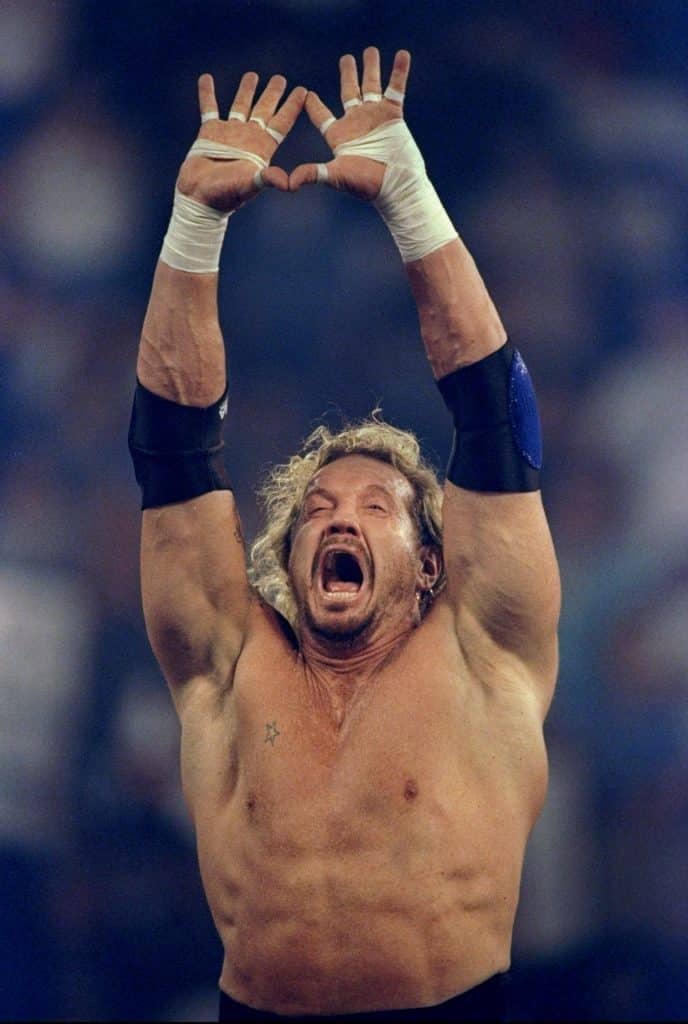
Goldberg won the WCW belt at 32. DDP didn’t start training to be a pro wrestler until he was 35. One of the original Power Plant success stories, Dallas Page turned his slight athleticism and million-dollar mouth into an unlikely path to stardom. Page started at the liberal bottom of the company and improved through sheer defiance and heart. By 1995, Page earned himself a higher spot on the card and worked a series of mid-card feuds against Johnny B Badd, Eddie Guerrero, and the aforementioned Beefcake.
In early 1997, Page was given the biggest opportunity of his career when he turned down and turned on the nWo. By the spring of 1997, Page had fashioned himself as a man-of-the-people. He earned fans’ respect with his work ethic and had one of the most over finishing moves in the game: the Diamond Cutter. When WCW decided to push Goldberg toward real main event matches, they surprisingly programmed him with another babyface in Page.
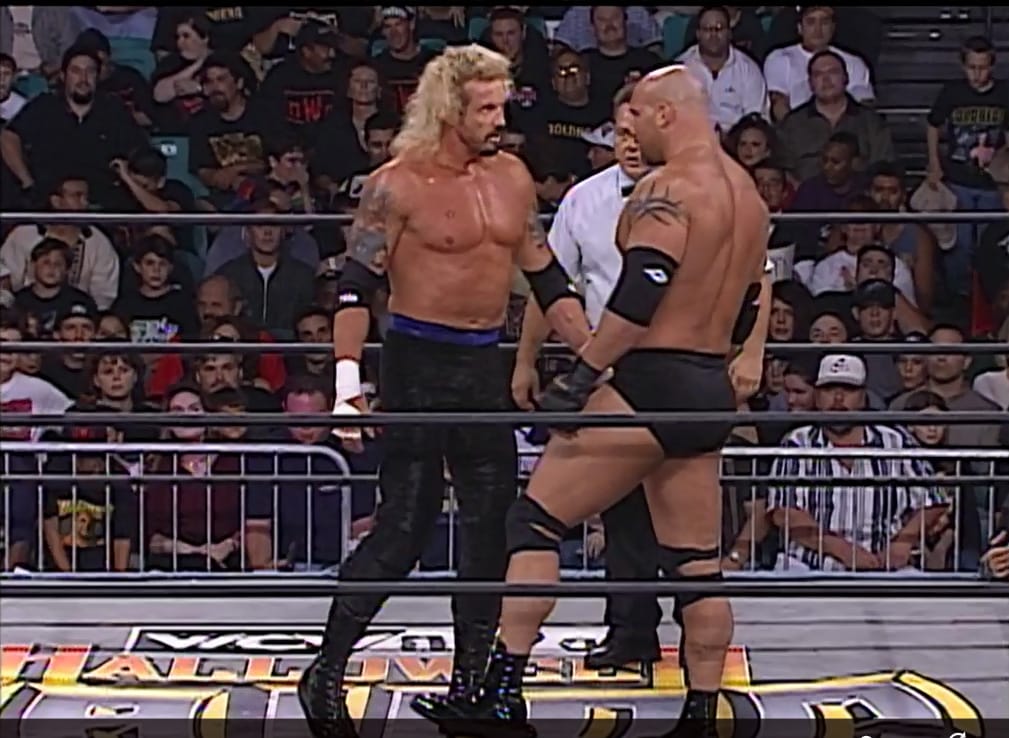
On a show that opened with Chris Jericho defending the World TV title against Raven and featured Sting vs. Bret Hart, Scott Hall vs. Kevin Nash, and Rick vs. Scott Steiner, the final two matches would make headlines for all the wrong reasons.
While Pat Patterson helped lead Hogan and Warrior to classic in 1990, what happened in 1998 was a complete disaster. On top of both being incredibly uncooperative with each other, the match is slow and plodding. The fans rejected it immediately. The penultimate spot was supposed to feature Hogan throwing a Sheik-styled fireball into Warrior’s face. The only problem, Hogan couldn’t get the trick to work and wound up burning his own face in the process. Hogan’s nephew Horace then hit Warrior with a chair shot while Bischoff held the referee in a headlock. It’s awful, but Hogan got his win back. The match was universally panned, and looking back on it with 2021 eyes, it’s even worse.
The lackluster semi-main event left the crowd somewhat deflated. But as the original People’s Champion and the man on the greatest winning streak in history came out, their spirits rose. What happened between those ropes was one of the best main events the company had seen in years and definitely the best main event in the history of Halloween Havoc.
Page knew how to accentuate Goldberg’s strengths while keeping himself competitive in the match. It was the story of an undefeated machine vs. an unstoppable move. The only problem was, most of the pay-per-view audience never saw it. WCW had built a habit of going long and doing overruns on their Nitro shows. This tactic caused fans to flip stations and artificially stimulate final ratings numbers. TNT allowed it nearly every Monday. Pay-per-view was a different story. WCW booked Halloween Havoc as a three-hour show and the third hour eclipsed the moment Page and Goldberg tied up. The feed went blank, and the majority of customers never saw the main event.
The next night Nitro aired the match in its entirety, but the verdict on Halloween Havoc was out. The show was a disaster, drawing 100k fewer buys than the 1997 show. The Warrior washed out of the company after the show. Hogan remained a centerpiece of the company with the most egregious stuff yet to come.
Halloween Havoc 98 is a show. Because of the company’s inability to properly manage the time, it can’t even be classified as a Dickensian “best of times/worst of times.” Instead, it’s just a harbinger of the disasters to come.
